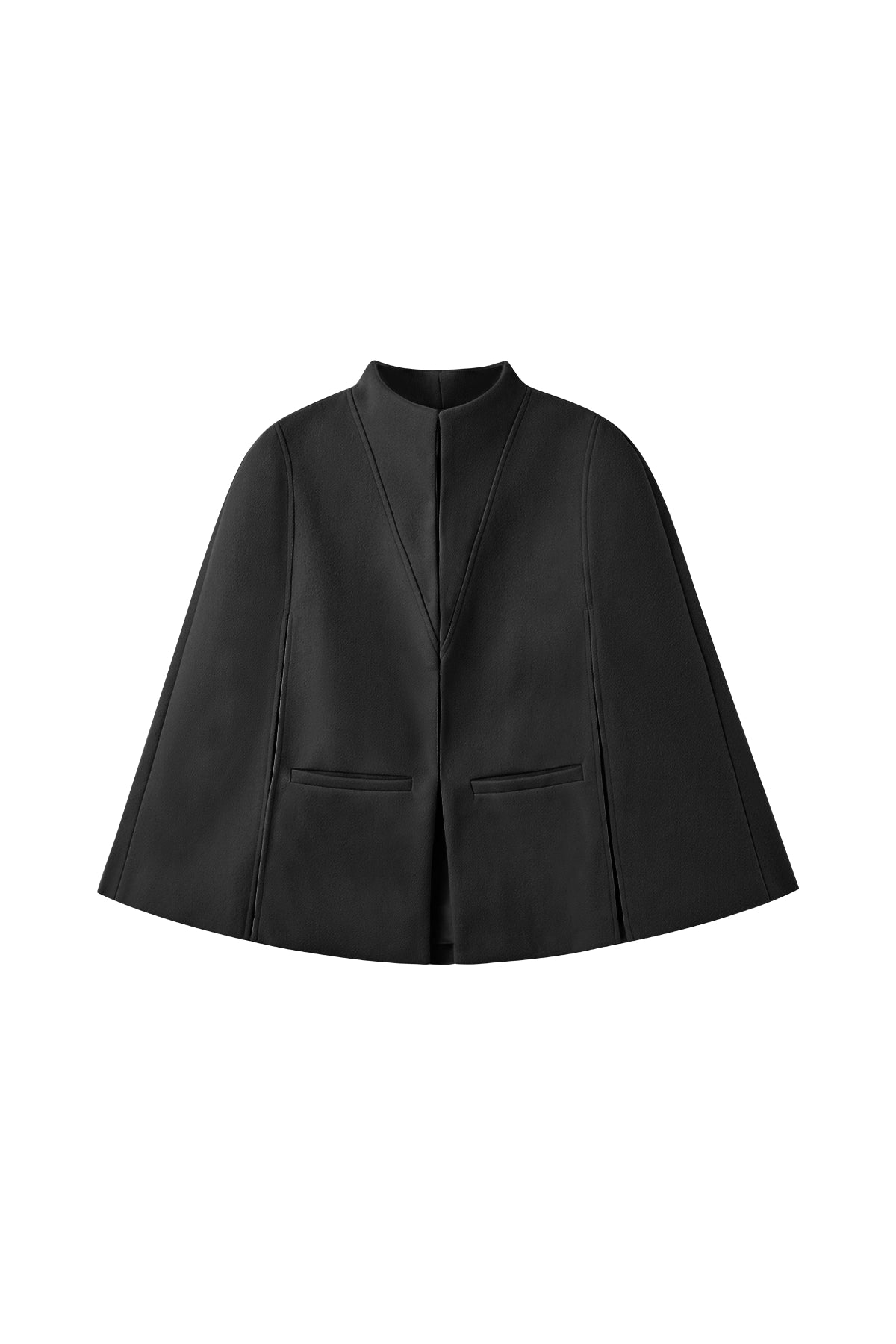At first glance, they look almost identical — both have lapels, structured shoulders, and a tailored silhouette. However, they differ significantly in design purpose and styling context.
Simply put, a Suit Jacket focuses on formality and coordination, designed as part of a complete set; while a Blazer emphasizes styling flexibility, easily blending into everyday outfits. Understanding the distinction helps you dress appropriately — whether for work, events, or casual occasions.
Design and Structure Differences: Blazer vs. Suit Jacket
A Suit Jacket usually comes with matching pants or a skirt, emphasizing a fitted and refined look. A Blazer, on the other hand, is a standalone piece designed to mix and match — it can be worn with jeans, dresses, or other separates.
In short, the blazer is about fashion versatility, while the suit jacket is about polished uniformity.
Key distinctions:
-
Suit Jacket: more fitted tailoring, smoother fabric, and always part of a matching set.
-
Blazer: slightly looser fit, often features metal or contrasting buttons, and pairs well with various textures.
Fabric and Texture: Blazer vs. Suit Jacket
Suit Jackets are often made from fine wool or wool blends — smooth, subtly glossy, and elegant — creating a clean, sharp impression.
Blazers, however, come in a much wider range of fabrics: cotton-linen blends, corduroy, or tweed, giving them more seasonal and stylistic variety.
General rule: The shinier the fabric, the more formal it looks. Matte or textured fabrics lean more casual and are easier to style for daily wear.
When and How to Wear Each
-
Suit Jacket: With its fitted cut and clean lines, it pairs best with matching pants or skirts to create a professional, coordinated look. Keep the color consistent and accessories minimal — this enhances a polished, authoritative presence. Ideal for business meetings, job interviews, weddings, or formal events.
-
Blazer: The go-to piece for achieving a smart casual vibe. Compared to a suit jacket, a blazer’s lighter materials and relaxed tailoring make it perfect with T-shirts, jeans, knit tops, or even dresses — adaptable for multiple occasions.
Styling example: A navy blazer + white tee + high-waisted jeans = effortless sophistication — the timeless smart casual formula that balances sharp and relaxed.
How Should a Suit Jacket Fit
Fit is the key to a jacket’s refinement and elegance.
Regardless of brand or price, here are the essential checkpoints:
-
Shoulders: The seams should align naturally with your shoulder bones. Too wide looks bulky and ruins proportions; too narrow causes pulling and bunching.
-
Sleeve Length: Ideally ends right at your wrist bone, revealing about ¼–½ inch (0.5–1 cm) of your shirt cuff — a hallmark of classic tailoring and attention to detail.
-
Jacket Length: Should cover the midpoint of your hips but not extend past your knuckles. Longer jackets look dated; shorter ones can throw off your proportions.
-
Waist Shape: Slightly tapered but not tight. A proper waistline flatters the figure while keeping movement natural.
Style Tip: Women can opt for slightly shorter, cinched-waist cuts — especially flattering for petite or curvier figures, as it enhances waist definition and elongates the legs, creating a clean, elegant silhouette.
Can a Suit Jacket Be Worn as a Blazer?
Sometimes yes — but it depends on the fabric, structure, and design details.
You can wear your suit jacket as a blazer if:
-
The fabric is matte or textured (like twill, matte wool, or linen blends) that pairs naturally with jeans or chinos.
-
The color is neutral and versatile, such as navy, gray, or beige — avoiding the “full suit” impression.
-
The buttons and lining are simple, without overly formal shine or ornate finishes.
Avoid wearing as a blazer if:
-
The fabric is overly glossy (high-shine wool, silk blends, or satin).
-
The cut is ultra-fitted or heavily padded at the shoulders.
-
It clearly belongs to a matching set — especially if the pants or skirt are made from the same exact material.
Styling Tips: The trick to “dressing down” a formal jacket lies in the details — switch to matte or metal buttons, roll up the sleeves, or pair with a white tee and light trousers. For a balanced polished look, add simple gold accessories or a slim belt to soften the suit’s structure.
Bottom line: When the fabric and design are versatile enough, your suit jacket can easily transition from the office to off-duty — merging professionalism with modern chic.
Can You Iron a Suit Jacket?
Yes, but do it carefully.
-
Use a garment steamer, keeping it about 2–3 inches away from the fabric to avoid direct heat damage.
-
If you must use an iron, set it to low heat and always place a pressing cloth on top.
-
Never use high heat — it can cause wool to shine or synthetic fibers to melt.
Alternative method: Hang your jacket in a steamy bathroom for about 15 minutes — it safely relaxes wrinkles without risking burns or fabric distortion.
Quick Fit Guide Recap
Keywords: how long should a suit jacket be / where should a suit jacket sleeve fall
-
Jacket Length: should hit mid-hip.
-
Sleeve Length: should reveal ¼–½ inch of your shirt cuff.
-
Overall Fit: comfortable and natural, allowing easy arm movement without pulling or sagging.
Conclusion
Understanding the difference between a Blazer and a Suit Jacket empowers you to dress with purpose. The former offers flexibility and effortless elegance, while the latter delivers professionalism and structure.
Once you grasp the essentials of fit, fabric, and formality, you can confidently adapt your look for any occasion — from a boardroom presentation to a casual weekend brunch. With the right jacket, you’ll always look sharp, confident, and unmistakably stylish.





